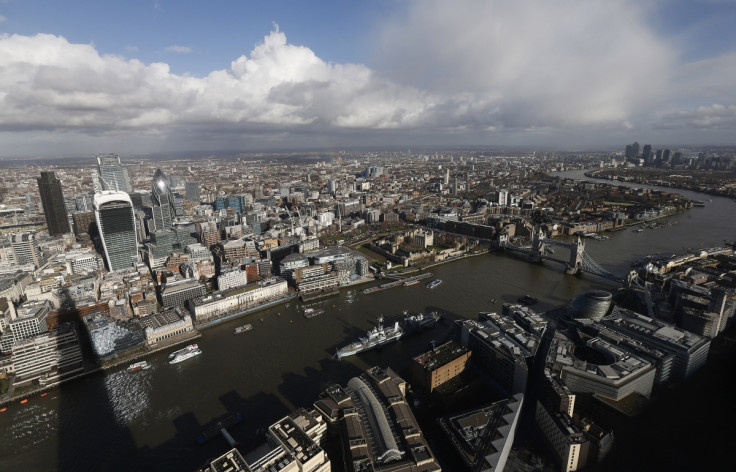Should London Prioritise Commercial or Residential Property?

British Land, the developer behind London's "Cheesegrater" skyscraper, released its financial results to reveal that it had £1.3bn invested in acquisitions and development projects focused on London and the southeast.
It is currently involved in developments such as central Paddington and Blossom Street in Shoreditch. Last year, it successfully completed 820,000 sq ft of developments in the West End alone.
Billions of pounds are being pumped into commercial space. But should that money, or at least part of it, be set aside for the residential market?
Short answer: probably. A lack of housing has caused a housing bubble. Prices are jumping as the average price of a UK home hit £169,124 in March, according to the Land Registry. That is still below its November 2007 peak of £181,618, but it has been rising fairly consistently since 2011 - by over 10% in total.
However, that's almost small change compared to the average London house price. According to April's figures from the Office for National Statistics, the average price of a residential property in the capital is £458,000.
Market watchers are concerned that scheme like Help to Buy, which has enabled over 27,000 people make their way on to the property ladder, are adding fuel to an overheated residential property sector.
The population of London is set to increase to 10 million by 2031, according to CBRE, a commercial property and real estate services adviser. To meet ever expanding demands, CBRE reckons we need an extra 20,500 units built a year. The government has identified locations for 17,000.
By the same token, as office-based London jobs soar in the coming years, it is estimated over 50 million sq ft of extra office space will be need to keep the capital's rat race running.
© Copyright IBTimes 2025. All rights reserved.






















